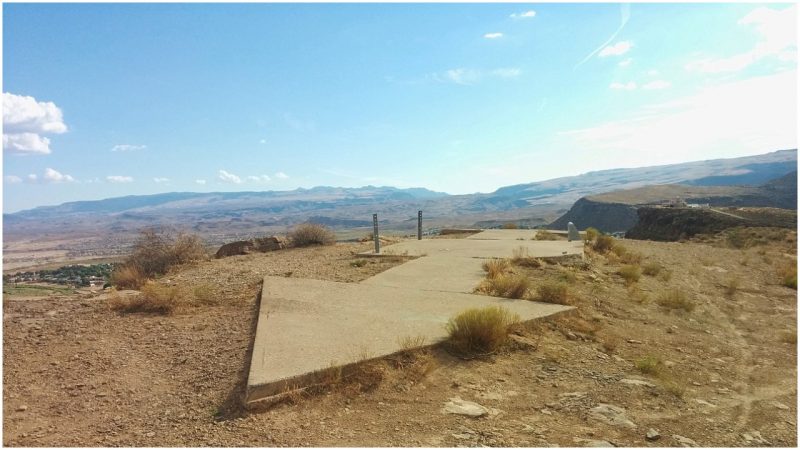Our country is full of landmarks and attractions that speak to its history. Many of them have been turned into tourist attractions or put to other uses, but there are some that have been abandoned and largely forgotten as their useful lives came to an end, such as the line of enormous concrete arrows that march their way across America.
These arrows go largely unnoticed unless you’re roaming around some pretty barren parts of places like Nevada or Utah, or if you are flying overhead. The latter makes perfect sense, considering that’s what they were made for.
The arrows were built for use by the pilots who were part of the Transcontinental Airmail Route, as a way to connect both coasts and thereby help keep delivery planes on course, facilitating faster mail delivery.
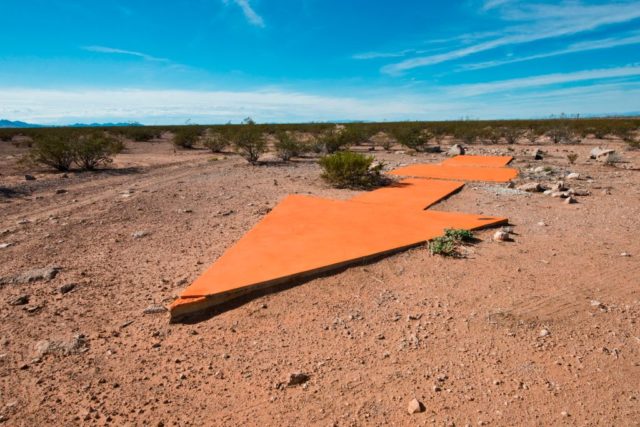
Before the 1920s and air mail, getting letters to or from loved ones who lived far away could be a pretty chancy proposition. Prior to the mid-1800s, mail was carried by the Pony Express, or even by random travelers who were passing through the area you wanted your letters to go. As a result, not only was it quite slow but there was always the chance that the person carrying the mail would meet with some mischance and never arrive.
The railroad replaced the Pony Express as a means of moving mail from one part of the country to another, but since a train could take weeks to get from one coast to the other, it was still extremely slow.
By the time the second decade of the 20th century was drawing near, however, the idea of airmail was coming into being. In 1911, the U.S. Post Office Department started experimenting with airmail flights. The first official scheduled service was launched on May 15, 1918, between Washington, D.C. and New York City.
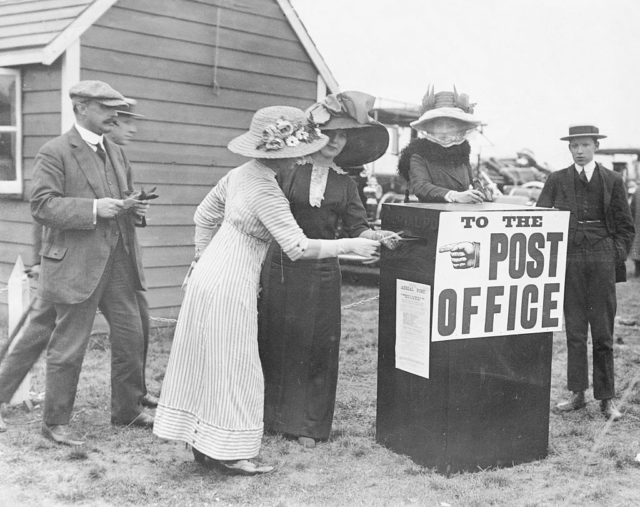
In the beginning, airmail was only available for relatively short distances, but, by 1920, the Postal Service declared it would begin coast-to-coast airmail deliveries.
The following year, a team of seven pilots made the first transcontinental delivery, demonstrating that it could be done and that Congress should release funds to make the program viable on an ongoing basis.
Even though airmail cut the time for mail to cross the country from a matter of weeks to a mere 34 hours, there were still obstacles to be dealt with. One of the biggest issues was that things like GPS and radar hadn’t been invented or weren’t widely used yet. Pilots were forced to try to stay on course by using landmarks. Unfortunately, those couldn’t be seen if it was dark or the weather was very bad.
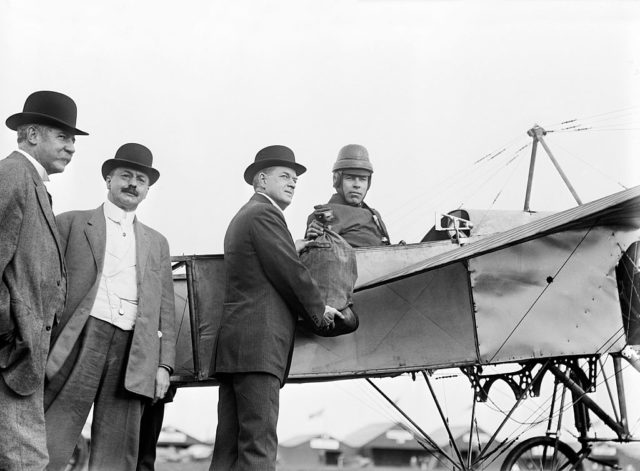
To help solve the problem, in 1923 Congress gave the approval to put a long line of huge, yellow concrete arrows across the nation, all along the 2,629 miles from New York to San Francisco. The giant arrows were placed at 10-mile intervals. Each one had a gas-powered light tower built next to it that was over 50 feet tall and would flash a beacon in a unique code, making it easier to spot and letting pilots know exactly where they were.
Three years after Congress commissioned the Transcontinental Airmail System project, the post office turned it over to the Department of Commerce, who would end up decommissioning the beacons some years later when advances in radar and radio systems rendered the arrows obsolete. Many of the towers were dismantled in the 1940s so the steel they were made from could be repurposed for the war effort, and the arrows themselves were pretty much left as they were.
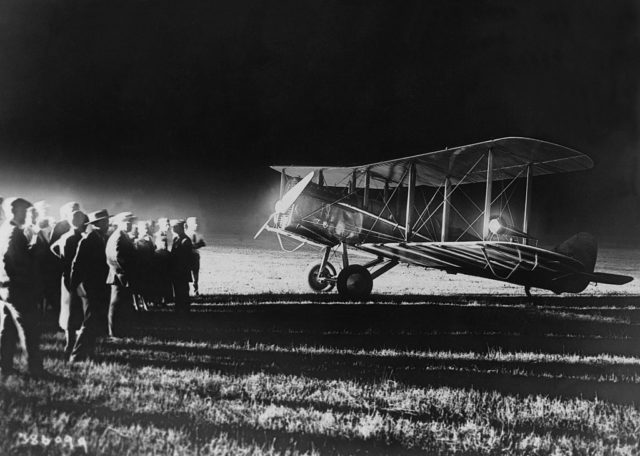
The beacon arrows haven’t been entirely forgotten, though.
CNN Travel wrote a feature about Brian and Charlotte Smith, a retired California couple who drive around the country taking pictures of the old arrows and posting them on their website, Arrows Across America. The Smiths were made aware of the arrows after Brian got an email about them. They were intrigued by the enormous artifacts.
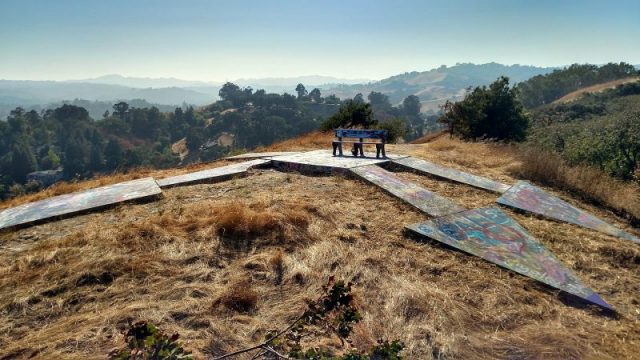
The Smiths discovered that in some places the arrows have been repainted in unusual colors, like orange, which Brian Smith says ruins them.
The arrows are, for the most part, in pretty isolated locations, and when the Smiths find a new one, Charlotte enters it into a spreadsheet.
The first arrow the couple found was in Nevada, not far from Reno. Charlotte didn’t see it for herself since it was on a steep hill and she couldn’t make the hike, but Brian did get to it and took lots of pictures. They wanted to keep looking for more and so their project and website were born.
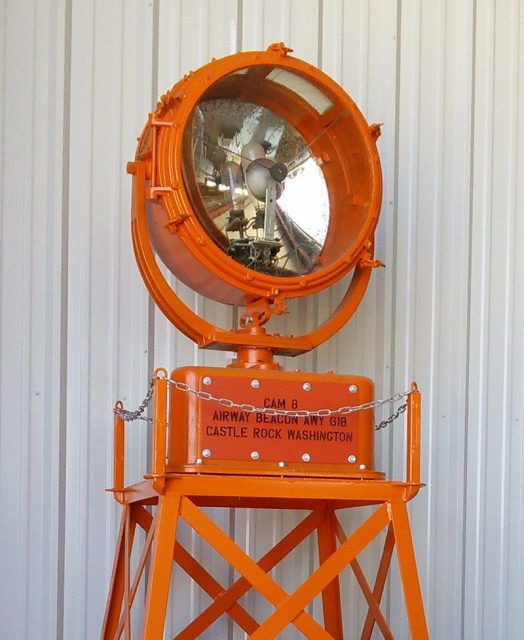
Arrows Across America has photos and coordinates for every one of the arrows they’ve found, and the site has become popular with other photographers and history fans who want to do arrow hunts of their own. Every time someone tells the Smiths about a new discovery, Charlotte adds it to the site.
More from us: Owney, The Post Office Pooch Who Traveled Around The World And Earned Medals Wherever He Went
The Smiths are concerned that the sites may be destroyed and want their history preserved. They’re hoping that, as the public becomes more aware of the artifacts, they will agree.
